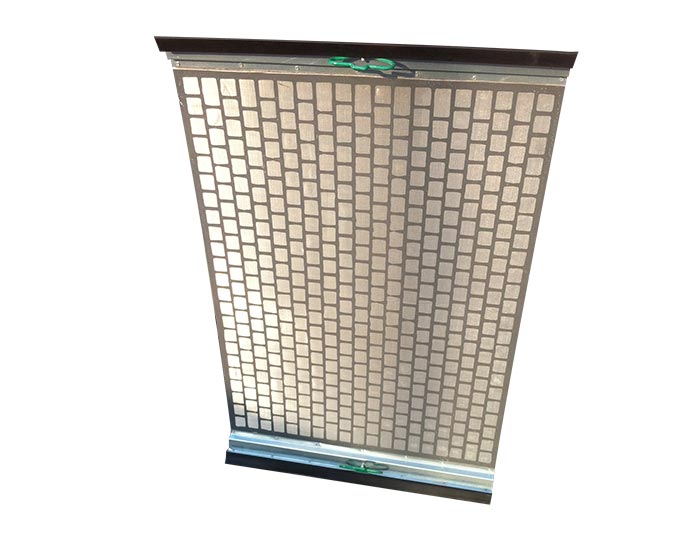Understanding Desander Solid Control Equipment An Essential Component in Drilling Operations
Desander solid control equipment plays a vital role in the oil and gas drilling industry, particularly in managing the drilling fluid, or mud, which is essential for the drilling process. This equipment is designed to remove solid particles from the drilling fluid, ensuring that the fluid remains effective in lubricating and cooling the drill bit, transporting cuttings, and maintaining pressure control. In this article, we will explore the significance of desanders, how they work, and their benefits within solid control systems.
What is a Desander?
A desander is a type of solid control equipment that specifically targets the removal of larger solid particles from the drilling fluid. It typically operates after the shale shaker and before other components like desilters and mud cleaners in the solid control system. The desander is crucial for enhancing the integrity and performance of the drilling fluid, which can be compromised by the presence of unwanted solids, such as sand and silt.
How Does a Desander Work?
The operation of a desander is relatively straightforward. It employs a centrifugal separation method to achieve the desired results. When the drilling mud is fed into the desander, it enters a cone-shaped vessel, where the fluid is subjected to centrifugal forces. These forces cause denser solid particles to move outward against the wall of the cone, where they are ultimately separated from the fluid.
The process generally involves the following steps
1. Fluid Inlet The drilling fluid is pumped into the desander through an inlet.
2. Centrifugal Action The design of the internal cone allows centrifugal force to push denser particles outward.
3. Separation of Solids Solid particles are deposited onto a discharge conical section, where they are collected and removed.
4. Clean Fluid Outlet The cleaned drilling fluid is then directed back into the system for reuse, ensuring optimal performance.
desander solid control equipment
Benefits of Using Desander Solid Control Equipment
1. Improved Drilling Efficiency By effectively removing larger solid particles, desanders help maintain the integrity of the drilling fluid, enabling smoother drilling operations and reducing the risk of equipment wear and tear.
2. Cost-Effectiveness The reuse of clean drilling fluid not only minimizes the need for fresh mud but also reduces the cost associated with purchasing and disposing of unclean fluid. This aspect of sustainability is increasingly important in today’s drilling operations.
3. Enhanced Wellbore Stability A well-managed drilling fluid system contributes to better control of the wellbore\'s pressure and stability, reducing incidents like blowouts and stuck pipes.
4. Versatility Desanders are adaptable to various drilling conditions and can be adjusted based on the type of drilling fluid and the particular requirements of a drilling site.
5. Reduction of Environmental Impact By efficiently separating solids from drilling fluids, desanders help reduce the volume of waste, thereby minimizing the environmental footprint of drilling operations.
Conclusion
Desander solid control equipment is an indispensable component in the drilling industry. It not only contributes to the efficiency and effectiveness of drilling operations but also plays a crucial role in environmental sustainability efforts. As the oil and gas sector continues to evolve, the importance of maintaining optimal solid control systems, including the use of desanders, cannot be overstated. Understanding the functionality and advantages of this equipment will ensure that drilling operations remain safe, efficient, and environmentally responsible. Whether in onshore or offshore applications, desanders are an essential tool for achieving successful drilling outcomes.
 Linear Motion Shale Shaker In Drilling Rig
Linear Motion Shale Shaker In Drilling Rig  Oilfield Mud Cleaner
Oilfield Mud Cleaner  Drilling Fluid Decanter Centrifuge
Drilling Fluid Decanter Centrifuge  Drilling Mud Desander
Drilling Mud Desander  Hydrocyclone Desilter
Hydrocyclone Desilter  Centrifugal Pump/Centrifugal Mud Pump
Centrifugal Pump/Centrifugal Mud Pump  Shear Pump
Shear Pump  Jet Mud Mixer
Jet Mud Mixer  Horizontal Mud Agitator
Horizontal Mud Agitator  Constant Pressure Drilling Fluid Mud Gas Separator
Constant Pressure Drilling Fluid Mud Gas Separator  Mud Gun
Mud Gun  Mud Tank
Mud Tank  Solids Control System Vacuum Degasser
Solids Control System Vacuum Degasser  Flare Ignition Device
Flare Ignition Device  Diesel Tank
Diesel Tank  Submersible Slurry Pump
Submersible Slurry Pump 






































